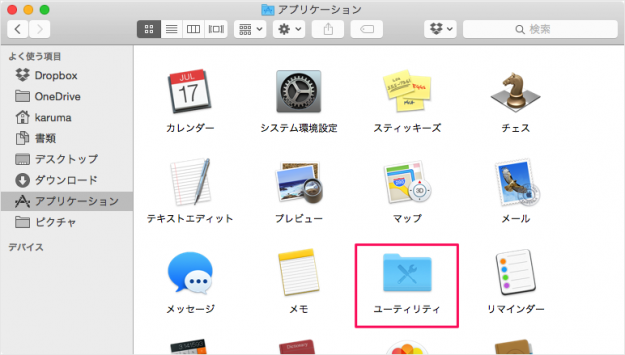Brew link clamav fails on macOS High Sierra. Had to run following commands to get ClamAV working: sudo mkdir /usr/local/sbin sudo chown -R $(whoami) $(brew -prefix)/. Intervideo windvr 3 for windows 7 free download. (standard brew fix does not work anymore on OS X 10.13) brew link clamav. I faced the same problem of brew command not found while installing Homebrew on mac BigSur with M1 processor. I - Install XCode if it is not installed yet. II - Select terminal.app in Finder. III - RMB click on Terminal and select 'Get Info' IV - Select Open using Rosetta checkbox. V - Close any open Terminal windows. Mac Os X come with Pythong 2.7 pre-installed but many Machine Learning packages are progressing to Python 3.x. Therefore, it’s recommended you start using Python 3 and the best way to do that is.
Clamav Mac Os Homebrew 10.13
There are a number of solutions on the market for scanning a Mac for files that have become infected with a virus or macro-virus. Many of these have a negative return on investment. So customers can instead go the open source route to scan files and quarantine them. And customers can use Jamf Pro to enable doing so. This page is meant to provide a quick and dirty guide to doing so, along with how this might be packaged and potentially tracked with Jamf Pro. First, we’ll install and configure a free tool called clamav.There are a number of ways to install clam. For this example, just to get it done quickly, we’ll use homebrew which is simply brew with the install verb and clamav as the recipe to be brewed:This is going to place your configuration files in /usr/local/etc/clamav and these cannot be used as those supplied by default are simply sample configurations. Because the .sample files have a line that indicates they are an “Example” they cannot be used. So we’ll copy the sample configuration files for freshclam.conf and clamd.conf (the demonized version) and then remove the Example line using the following two lines:
cp/usr/local/etc/clamav/freshclam.conf.sample /usr/local/etc/clamav/freshclam.conf; sed-ie 's/^Example/#Example/g'/usr/local/etc/clamav/freshclam.confClamav Mac Download
cp/usr/local/etc/clamav/clamd.conf.sample /usr/local/etc/clamav/clamd.conf; sed-ie 's/^Example/#Example/g'/usr/local/etc/clamav/clamd.conf
sudomkdir/Users/Shared/Quarantinesudoclamscan -r — scan-pdf=yes-l /Users/Shared/Quarantine/Quarantine.txt — move=/Users/Shared/Quarantine//result = `cat/Users/Shared/Quarantine/Quarantine.txt`#Echo Quarantine into EAecho'<result>$result</result>'